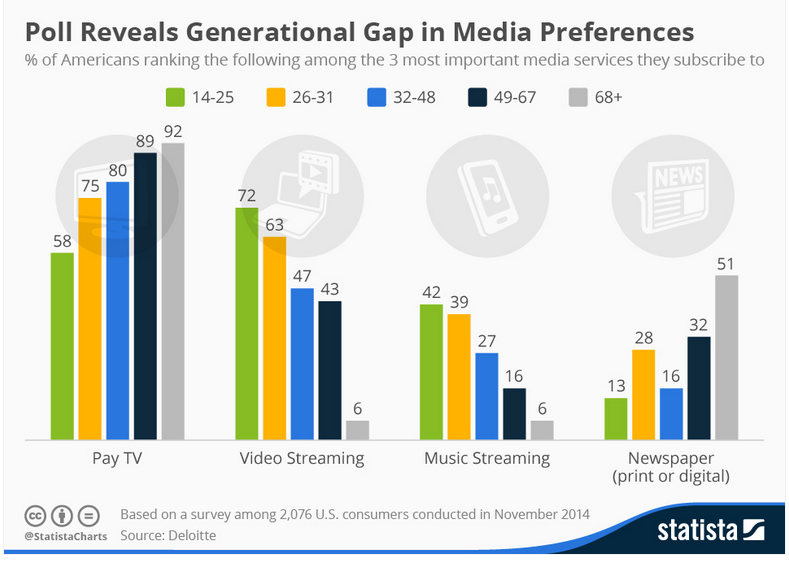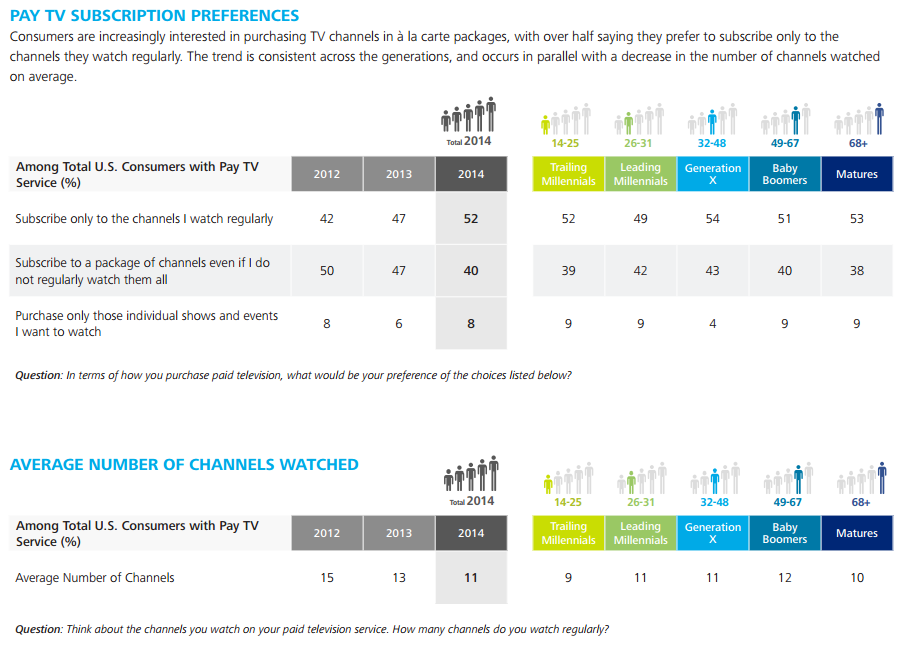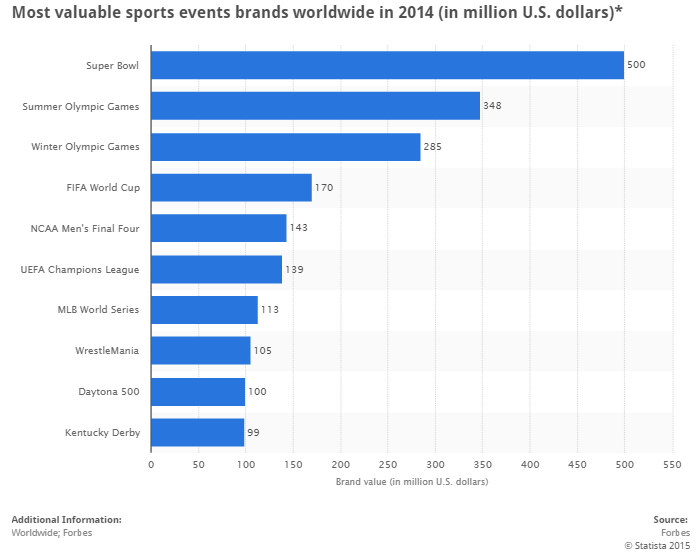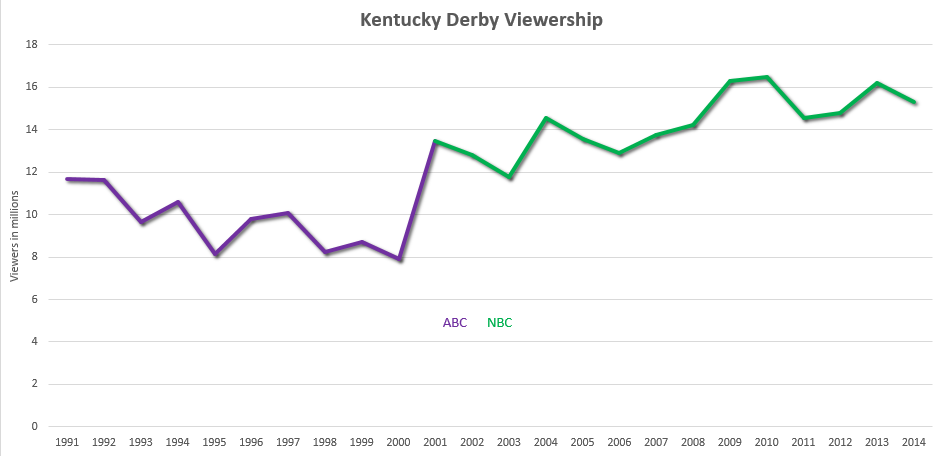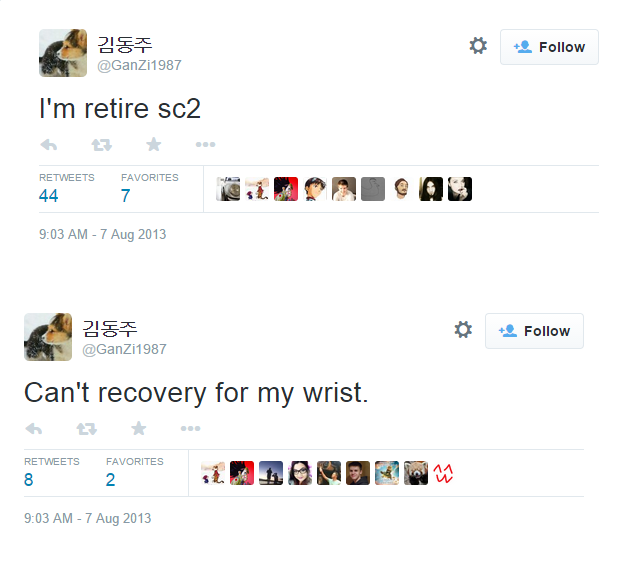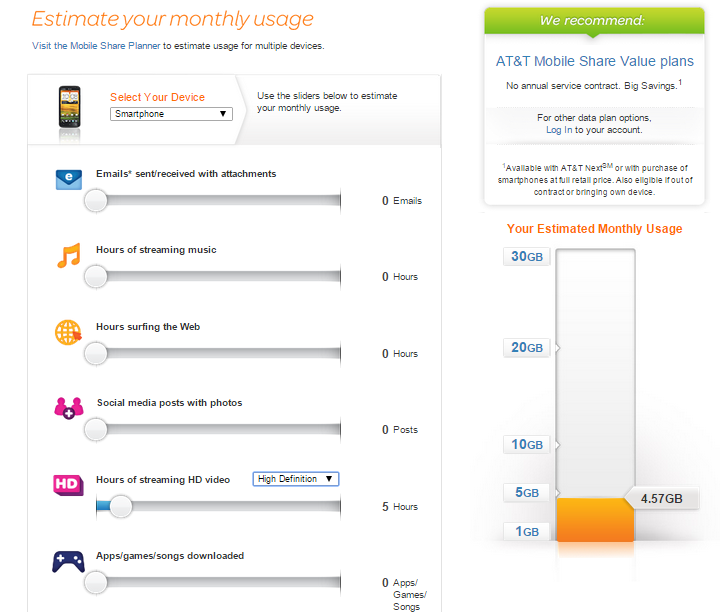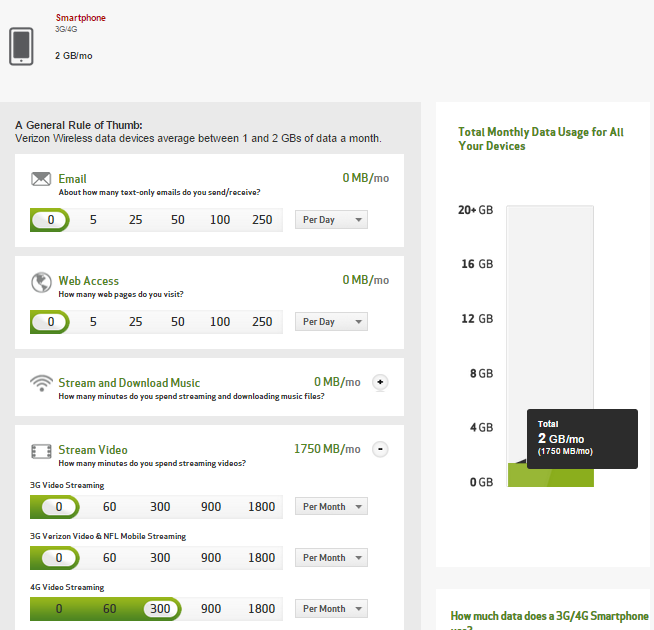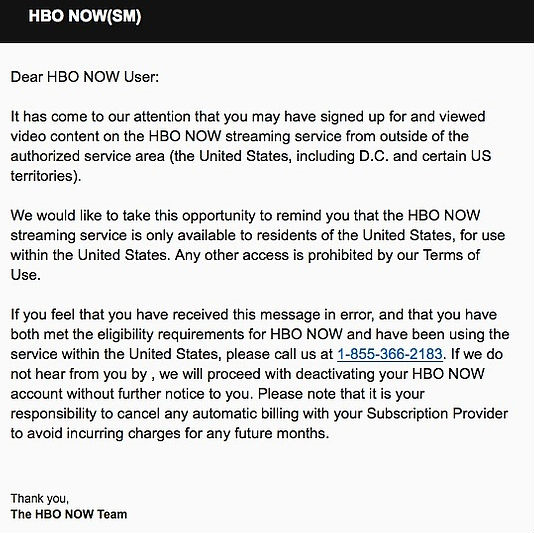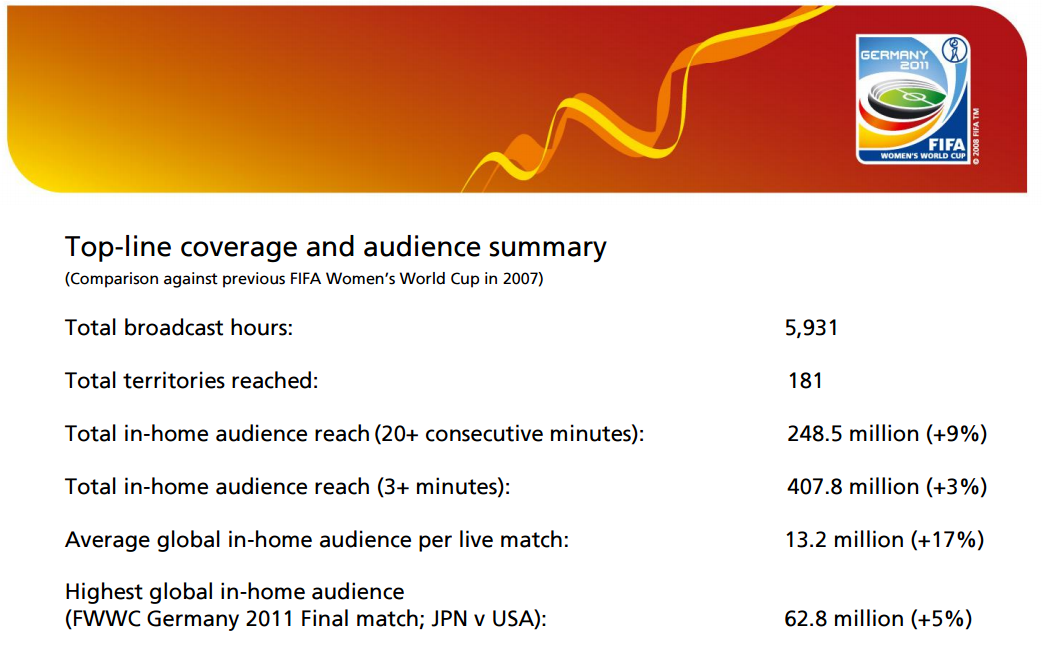Age Gaps In Preferred Media and Entertainment
Media consumption, like most things, can be broken down into various age demographics. While the brackets tend to have somewhat arbitrary numbers attached to them — does turning 26 years old really change the preferred method of watching your favorite TV shows? — they can serve as a platform for observation. With thanks to Statista and Deloitte, the gap between paid cable subscriptions and streaming services, among other things, for those in the United States can be clearly shown.
It comes as no real surprise to see the two younger age groups consume the least amount of television while also nabbing the top two spots in video streaming. Somewhat surprising is to see the leading millennials 26-31 age group absorbing more newspaper, be it digital or print, than their older 32-48 counterparts. With large number of online and subscriptions available, plus the Washington Post’s agreement with Kindle customers, perhaps the leading millennial group has come back around in a cyclical trend of newspaper reading.
The percentage of the different aged people who are content with their current cable TV subscription is closely tied with age. The youngest three groups are the least satisfied, reporting at most 55% saying they haven’t at least considered cutting the cord.
With no shortage of streaming or screencasting options — despite AppleTV’s recent insistence on requiring a cable package for CBS Sports, USA and NBC Sports — the number of current and potential cord cutters has increased over the years, particularly in the younger crowds. Already 25% of the polled age-14 through 25 group hasn’t paid for TV in over a year or have ended their cable subscription within 12 months. Within the age group another trend emerges as 28% of 19-25 year olds versus 21% of 14-18 year olds are calling themselves cord cutters.
As the overall demand for TV changes, so does the desire for the way TV packages are sold. For the first time in the three year data set, more than 50% of the polled desire the ability to choose individual channels to watch. A three year decrease in the average number of channels watched further highlights the growing calls for an a la carte system. Canada is already developing a government mandate for cable companies to allow customers to choose individual channels after an initial package, though no legislative traction has gained ground in the U.S. yet.
The numbers represent a clear trend in increased subscription based services and a desire to either ditch cable TV altogether or give it a serious overhaul in programming options. The people are applying pressure to big cable with their wallets as companies lose money with every person severing their TV packages. Still, and with apologies to Bon Jovi, at this point it feels like we’re livin’ on a prayer rather than being halfway there.
